How to Spot Camouflaged Creatures While Diving
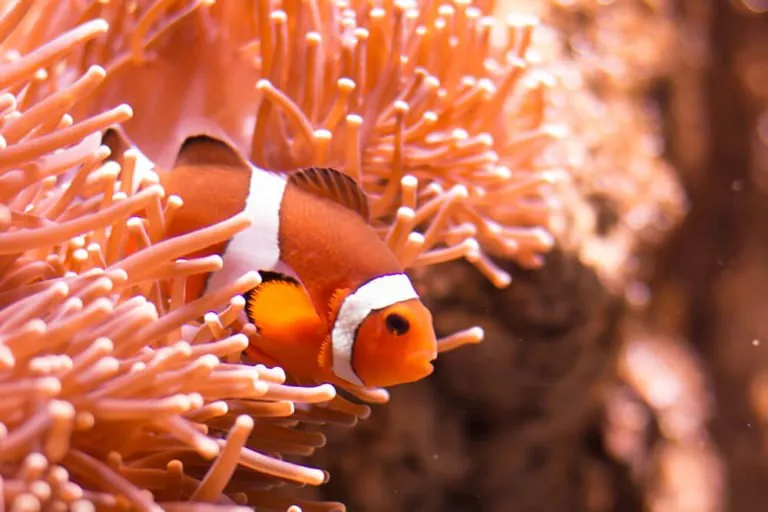
Didn’t see a lot of sea creatures on your diving expedition? That’s because most marine life are masters of camouflage, blending in to escape predators. Next time you’re in the water, spend some time scouting sea beds for these camouflaged creatures.
TASSELLED WOBBEGONG SHARK
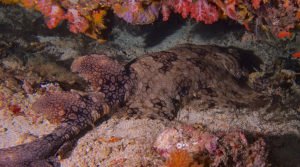
Found in the waters of Australia and New Guinea, these speckled sharks are often hidden on the ocean floor or in caves and reefs. They’re smaller than their cousin, the Great White, coming in at roughly four-feet long. With a diet of invertebrates and fish, they camouflage themselves before launching onto prey, using their needle-like teeth to catch their dinner.
PYGMY SEAHORSE
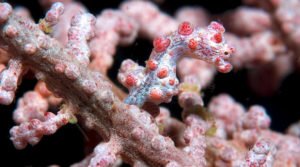
These cute creatures earn a top spot when it comes to blending in. They can take on any color, shape, and texture of their surroundings. And they’re tiny, making them nearly impossible to see at times. Due to their small frame, they aren’t advanced swimmers, so some rest in the same spot for days before moving on. They’re commonly found in Southeast Asia in the Coral Triangle area. When diving, be sure to examine coral and sea fans, as they often attach themselves to those.
IMPERIAL SHRIMP
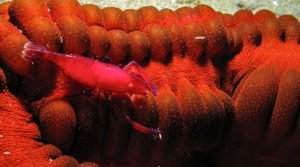
If you spot a sea cucumber or a sea slug, look even closer. You might be able to see an imperial shrimp hitching a ride on its back in return for a clean. Less than an inch long, these shrimps are the perfect-sized hitchhiker. They’re found in the waters of the Indian Ocean and in the Pacific, from Hawaii to Asia.
MIMIC OCTOPUS
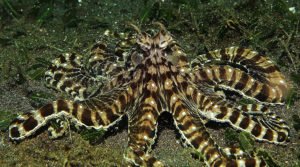
Probably the coolest master of disguise is the mimic octopus. This black-and-white creature doesn’t use its ability to attract prey, but rather scare it’s predators away by mimicking another species’ shape and color. This octopus was first discovered off the coast of Sulawesi, Indonesia in 1998, but has been spotted as far as the Great Barrier Reef in Australia.
LEAF SCORPIONFISH
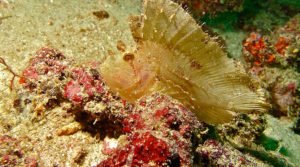
Also known as the paperfish, this creature can be found in pink or white. It’s small in size, about four-inches long, but has a large mouth that allows it to crack the shells of smaller crustaceans. It hides from its prey before making the pounce by imitating a dead piece of reed, swaying with the current. You can find these unique creatures north of the Galápagos Islands and Hawaii. They’re most often found in tropical waters where they reside on coral reefs.
BE ON THE LOOKOUT
For your next dive, take your time to look at every inch of your surroundings. You never know, you may be able to spot one of these camouflaged creatures.
